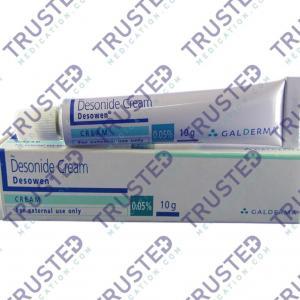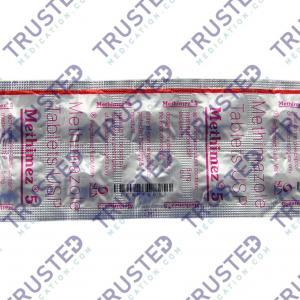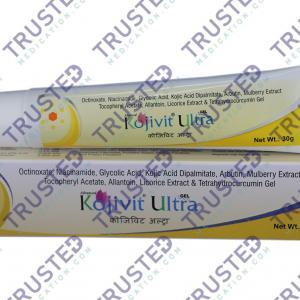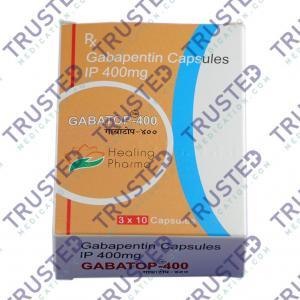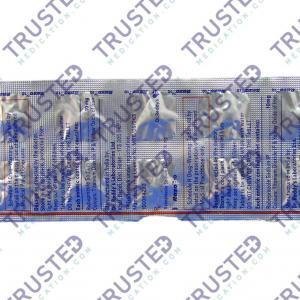
Deep Vein Thrombosis (DVT) is a significant medical disorder that develops when a blood clot forms in one or more of the body’s deep veins, typically in the legs. This condition can cause swelling and pain, and in some cases, can lead to life-threatening complications.
What are the Causes and Risk Factors of Deep Vein Thrombosis?
DVT is caused by a blood clot. The clot clogs a vein, preventing blood from adequately circulating throughout your body. Common causes and risk factors include:
· Injury or surgery: Surgical procedures and injury can damage blood vessels and trigger clot formation.
· Age: The risk of DVT increases with age, especially after the age of 60.
- Prolonged immobility: If you are unable to move for an extended period, your legs’ blood flow may slow. This can cause a clot to form. Bedridden people, who have been on a long flight or car ride, have had recent surgery, or are at increased risk of DVT.
- Obesity: Obesity increases the risk of DVT, especially in women.
- Smoking: Smoking damages the blood vessels and increases the risk of DVT.
- Cancer: People with cancer are at increased risk of DVT, especially those who are undergoing chemotherapy.
- Inherited blood clotting disorders: Some people have an inherited blood clotting disorder that increases their risk of DVT.
What are the Warning Signs of DVT?
Deep vein thrombosis can happen without noticeable symptoms. However, some of the warning signs of DVT include:
- Swelling in the affected leg
- Pain or tenderness in the affected leg
- Skin that is warm to the touch in the affected leg
- Redness or discoloration of the skin in the affected leg
If you experience any of these symptoms, it is important to seek medical attention immediately.
Complications of DVT
When left untreated, complications may arise and these include:
· Leg ulcers
· Inflammation of the veins
· Pulmonary embolism
Pulmonary embolism (PE), is a serious complication. It happens when a blood clot breaks free and travels to the lungs, blocking blood flow. This can be life-threatening and requires immediate medical attention.
How is Deep Vein Thrombosis Treated?
Medications used to treat DVT include:
- Anticoagulants: Anticoagulants are blood thinners that help prevent the blood from clotting.
- Thrombolytics: These medications are used to dissolve blood clots in severe cases of DVT.
Lifestyle changes that can help prevent DVT include:
- Exercise: Regular exercise can help improve blood flow and prevent blood clots.
- Wearing compression stockings: Wearing compression stockings can help prevent swelling and reduce the risk of DVT.
- Elevating the affected leg: Elevating the affected leg can help reduce swelling and pain.
How to Prevent Deep Vein Thrombosis
If you’ve never had a DVT but are at risk of acquiring one, make sure to:
- Exercise regularly: Regular exercise can help improve blood flow and prevent blood clots.
- Stay hydrated: Drink plenty of fluids to prevent dehydration, which can increase the risk of DVT.
- Avoid sitting for long periods: Take breaks to stretch and move around if you have to sit for long periods.
- Wear compression stockings: Wearing compression stockings can help prevent swelling and reduce the risk of DVT.
- Stop smoking: Smoking damages the blood vessels. Thus, increasing the risk of DVT.
Deep Vein Thrombosis (DVT) is a serious medical condition that occurs when a blood clot forms in one or more of the deep veins, usually in the legs.
It is important to seek medical attention immediately if you experience any symptoms of DVT, as prompt treatment can help prevent serious complications.

